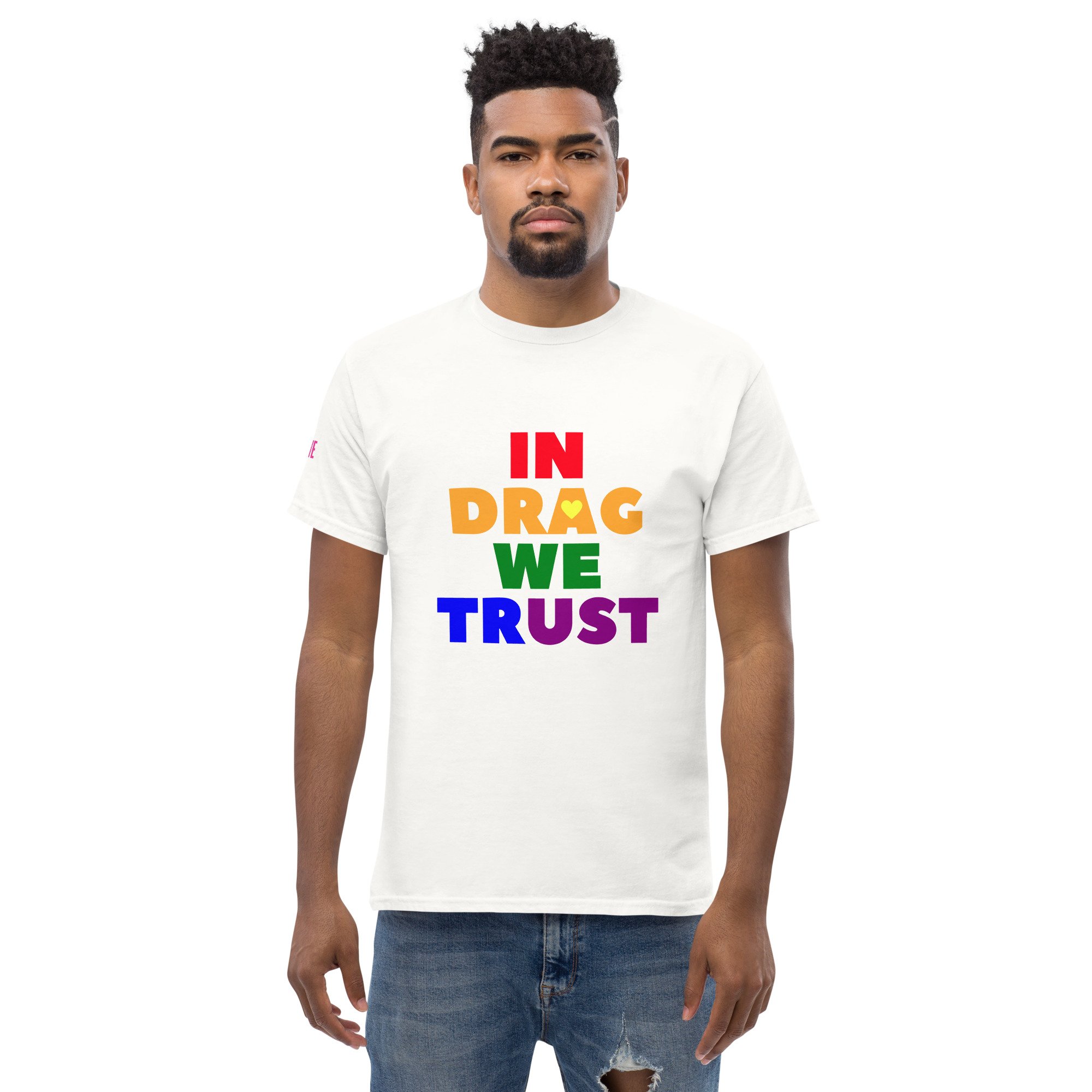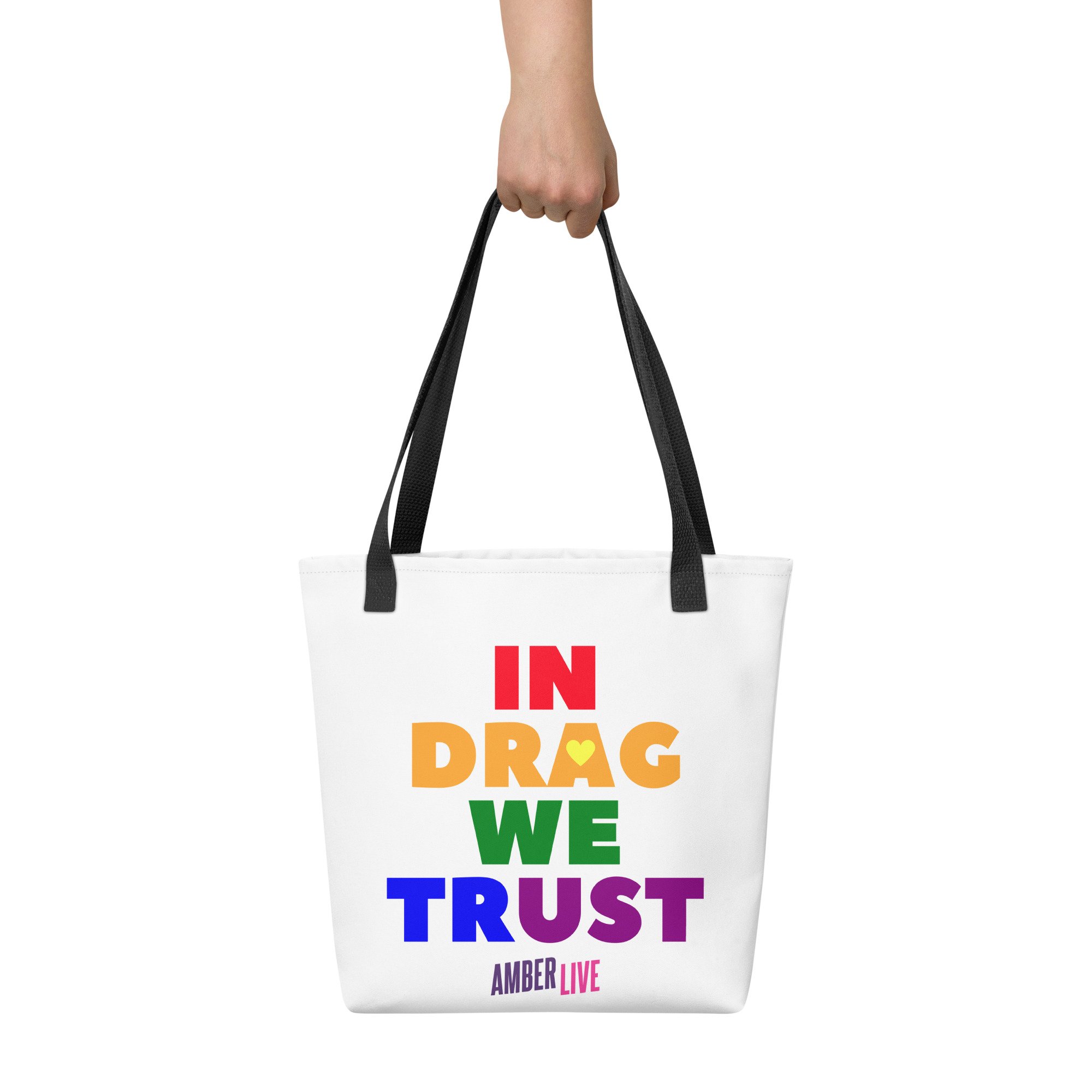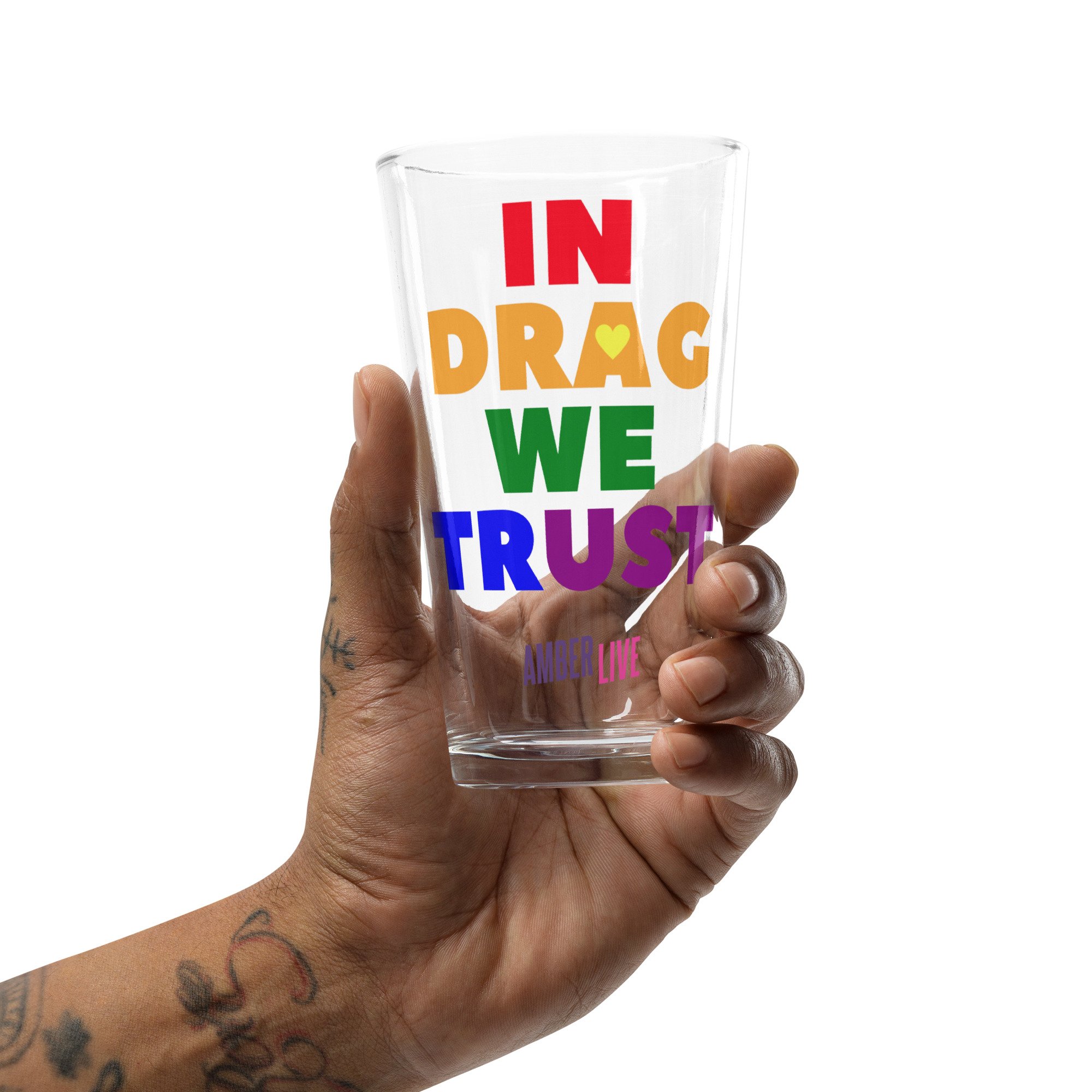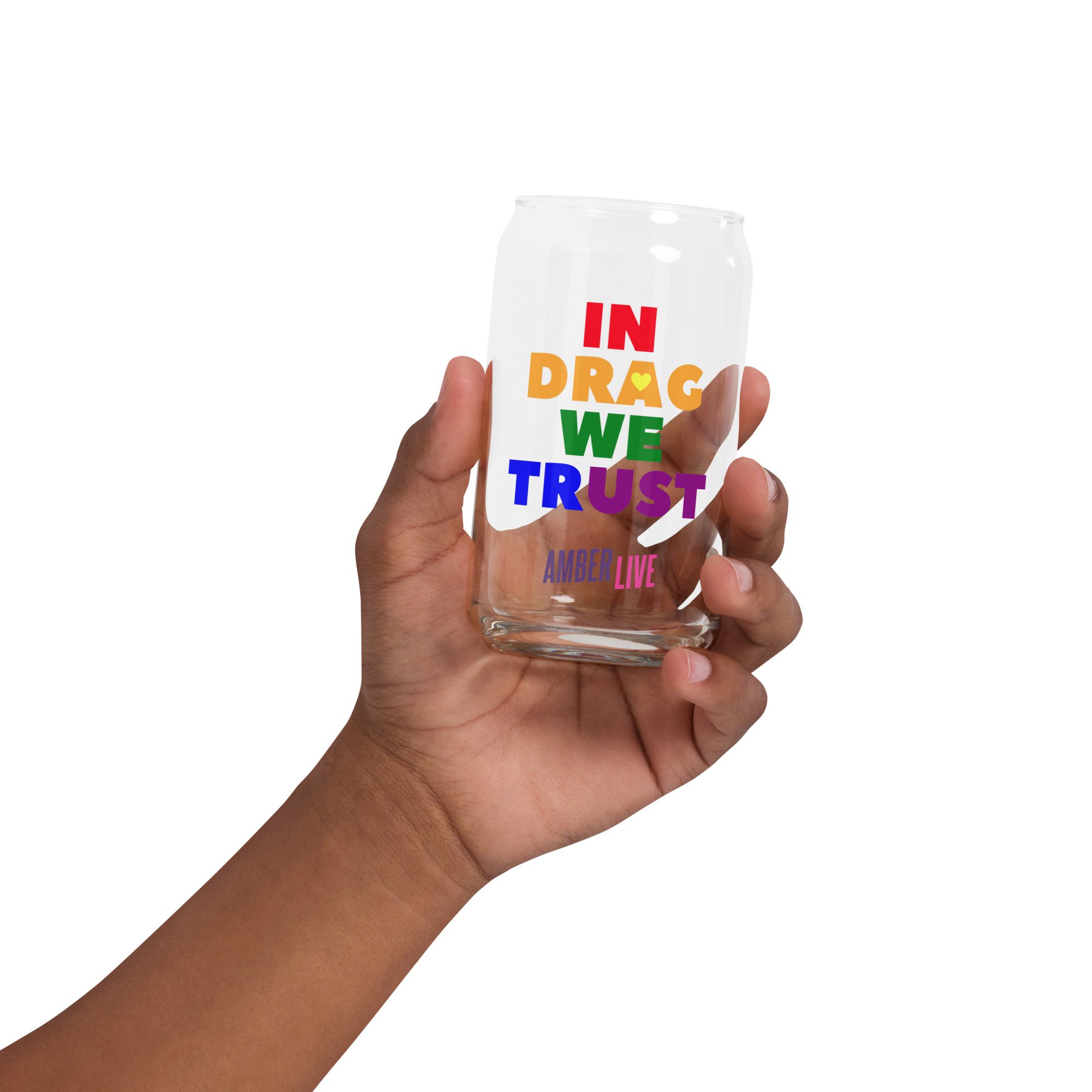Who are the Most Famous Drag Kings?
Table of Contents
Introduction to Who are the Most Famous Drag Kings
Murray Hill
Landon Cider
Vesta Tilley
Stormé de Larverie
Gladys Bentley
Hetty King
Vico Ortiz
Mo B. Dick
Elvis Herselvis
K. James
Adam All
Gowongo Mohawk
Impact and Significance
Introduction to Who are the Most Famous Drag Kings
Drag kings are women who dress in male drag and perform masculinity on stage. Drag kings often bind their breasts, wear facial hair, and adopt masculine mannerisms as part of their performance. While less mainstream than drag queens, drag kings have made an important cultural impact. This article will explore some of the most famous drag kings throughout history.
The history of drag kings dates back to the late 1800s and early 1900s with the rise of vaudeville theater. Performers like Vesta Tilley and Ella Wesner gained fame for their male impersonator acts. During the 1920s and 30s, Gladys Bentley performed in men's clothes singing bawdy songs. Drag king performances became more common in LGBT bars and clubs in the mid-1900s.
Below is our list of the most famous drag kings. If we are missing any, please let us know so that we can be sure to add them to this growing list!
Murray Hill
Murry Hill
Murray Hill is known as the "hardest working middle-aged man in show business." He has been performing since the late 1980s. Drag King Murray Hill was one of the founders of New York City's Drag King shows. His act incorporates comedy, lip syncing, and audience participation.
In addition to his work as a stage performer, Murry Hill has been in the casts of Drag Me To Dinner with Neil Patrick Harris on Hulu and the series Somebody Somewhere on HBO.
Known for his charisma, wit, and ability to engage audiences, Murray Hill is widely recognized for expanding the visibility of drag kings and gender non-conforming performance. He continues to perform and advocate for greater representation and appreciation of drag kings within the lgbtq community and popular culture.
Landon Cider
Landon Cider
Landon Cider, known in real life as Kristine Bellaluna, is a talented drag performer based in Los Angeles. Originally from Southern California, Bellaluna got his start in theater before exploring drag after being inspired by shows at the Starlette Revue. Cider first gained recognition on the local drag circuit before appearing on seasons of popular shows like The Boulet Brothers' Dragula, and he was also featured on the HBO series We’re Here.
As the first drag king on The Boulet Brothers' Dragula, Cider made history in the third season, showcasing his creativity and artistry to take the title of "World's Next Drag Supermonster." His win was groundbreaking, paving the way for more representation and inclusion of different forms of drag on television. Beyond competitions, Cider uses his platform to explore issues of gender identity and shine light on important social and political issues.
In addition to performing, Cider is an advocate and leader in the drag community. He serves as master of ceremonies for events like Bent, which celebrate queer identities, and frequently appears as a host and judge for other drag-related endeavors. Cider also uses op-eds and interviews to promote acceptance, spotlight marginalized voices in the LGBTQ community, and encourage open dialogues.
While dealing with health issues like surviving oral cancer, Cider has persevered to become an inspiration to many. With creativity, talent, and a commitment to the drag community, he continues to break new ground and open minds. Cider's story is one of overcoming adversity and fighting for increased representation on his own terms.
Vesta Tilley
Vesta Tilley
Active in the late 1800s and early 1900s, Vesta Tilley was one of the most famous male impersonators of the vaudeville era. Born Matilda Alice Powles in England in 1864, she adopted the stage name Vesta Tilley and skyrocketed to fame performing as a drag king across stages in London and New York. Dressed impeccably in dapper three-piece suits tailored to accentuate her slender frame, Tilley charmed audiences with her witty banter delivered in a smooth, cultured men's voice.
Tilley was best known for playing the character of “Burlington Bertie”, a charming, well-to-do gentleman who sang about fashion and courting ladies in high society. With her chart-topping song stylings and delicate, androgynous features, she became one of the most sought after performers in English music halls during her heyday in the 1890s. Tilley earned the title of England's highest earning woman by the turn of the century.
After retiring from the stage and being knighted as Lady de Frece in 1919, Vesta Tilley continued to elevate the visibility of male impersonators. Though few today remember her pioneering name, she blazed a trail for the female-to-male drag performers that would follow. The likes of Hetty King and Gladys Bentley later brought drag kings more prominently to American jazz clubs and vaudeville circuits in the early 20th century. But their ascendance may never have happened without ground laid by the incomparable Vesta Tilley.
Stormé de Larverie
Stormé de Larverie in a photo by Diane Arbus
Stormé DeLarverie was a trailblazing male impersonator who toured America as part of the critically acclaimed Jewel Box Revue in the 1950s and 1960s. As the company's emcee and musical director, the dashing Stormé charmed audiences around the country with her show-stopping drag king performances that broke new ground. Dressed to the nines in sharp menswear suits, Stormé de Larverie would regale crowds with singing, dancing, and whip-smart comedy routines delivered with a striking masculine flair.
In the decades since her Jewel Box Revue days, Stormé DeLarverie has been rightfully recognized as a true pioneer who kicked open doors for drag performers and the entire LGBTQ community. The 2001 documentary short film A Stormé Life chronicled her barrier-breaking life and times on the road as a touring drag phenomenon and offstage as a courageous activist who fought ferociously for LGBTQ rights and visibility at a pivotal time in history.
Gladys Bentley
Drag King Gladys Bentley in her signature white tux and top hat.
Gladys Bentley was a famed blues musician of the Harlem Renaissance. Gladys Bentley was an out lesbian with a deep voice who played piano. A white tux and top hat were her signature outfit, and she entertained both gay and straight audiences. As one of the highest paid women in the US at the time, she lived in a luxurious Park Avenue apartment and had servants. She often performed at the Apollo Theatre, the Cotton Club, and even Harry Hansberry’s Clam House a well-known gay speakeasy in NYC. In 1942 she moved to San Francisco and performed at Mona’s Club 440, and then ultimately moved to LA to live with her mother.
Hetty King
Hetty King was a music hall entertainer in England who specialized in male impersonation. With her masculine suits and slicked back hair, Hetty King made a big splash in the early 20th century as one of the world's first drag kings. Born Winifred Emms in England in 1910, Hetty adopted her dapper drag persona while still a teenager. She quickly became a vaudeville sensation with her songs tailored specifically for her male impersonations.
During the 1920s and 30s, Hetty King performed to packed houses across stages in London and New York. Audiences were captivated by her rich baritone voice combined with her gentlemanly mannerisms. According to reviews at the time, her act was polished and convincing enough to “fool even the sharpest eyes.” Her most popular songs featured lyrics celebrating the appeal of different types of men.
Off stage, Hetty King was said be just as dashing as her drag persona. She kept her hair trimmed short and preferred men’s suits to women’s dresses. She caused a stir wherever she went. Though some found her cross-dressing scandalous in those times, many more were enamored by her bold persona. Hetty King took the art of male impersonation to new heights during an era when few women dared to dress in men’s clothing. She paved the way for the drag kings who would follow in her footsteps in later decades.
Hetty King performed for more than 70 years, passing away in 1972. Hetty appears in the film “Hetty King – Performer,” as well as in ‘Lilacs in the Spring'“ staring Errol Flynn.
Vico Ortiz
Drag King Vico Ortiz
Vico Ortiz is a drag king, and TV star.
Vico Ortiz is making a name for themselves in the drag community as an emerging drag king. Ortiz first tried their hand at drag when a friend convinced them to participate in a show before they even knew much about drag performances. Despite their beginner status, Vico took to drag kinging immediately. Since those early days, Vico has gone on to establish themselves with their unique punk rock-inspired drag king persona.
In addition to their drag career, Vico Ortiz uses their platform to advocate for various social causes. They are an outspoken activist fighting for Puerto Rican federal voting rights, anti-racism efforts, and promoting gender neutrality in the Spanish language. With featured roles in shows like Our Flag Means Death, The Fosters, and American Horror Story, as well as their continued drag performances, Vico Ortiz continues to break new ground in drag and trans representation and activism. Their raw punk rock drag style and unapologetic activism make Vico Ortiz a rising voice to watch.
Mo B. Dick
Drag King Mo B. Dick
Mo B. Dick is considered one of the founding fathers of the modern drag king movement.
Mo B. Dick was born in 1965 in Pennsylvania. With 9 brothers and sisters, Mo's male-dominated upbringing shaped her future drag persona. Her father Lou, a football player, made a big impression with his confidence. After college, Mo met drag kings in Provincetown. Despite thinking she was too feminine, her friends convinced Mo to try drag. Back in New York, Mo debuted her Mo B. Dick character in November 1995.
He made his debut in November 1995 in New York City, mentored by drag queen Misstress Formika and promoter Mario Diaz. Mo pioneered Club Casanova in 1996, the world's first weekly drag king party. The kings became media sensations, with Mo as the leader. He caught the attention of filmmaker John Waters, who cast Mo in his 1998 film Pecker. Despite Mo's success, Mayor Giuliani closed many LGBTQ-friendly venues including Club Casanova in 1997.
Undeterred, Mo took the Club Casanova kings on an 18-city North American tour in 1998, another first. Mo was featured prominently in the seminal 1999 book The Drag King Book, cementing his influence. He toured again in 2001-2002 with local drag kings as openers. Mo moved to Los Angeles in 2004 and continued occasional performances. In 2018, Mo co-created Drag King History to preserve drag king history. In 2020, Mo marked 25 years as a trailblazing drag king by co-producing an online legends event. After 25+ years, Mo's influence is undisputed.
For more information, including Amber LeMay’s video interview with Mo, visit our full article on this amazing drag king!
Elvis Herselvis
Elvis Herselvis
Elvis Herselvis is the stage name of actor and singer Leigh Crow who is an Elvis impersonator. Elvis sometimes performs with the all female rockabilly band, The Mighty Slim Pickins. Based in San Francisco, Elvis has toured American and Australia. In 1996 the Second International Elvis Presley Conference invited her to perform at the conference to 'to test the limits of race, class, sexuality and property ...' Unfortunately, the local Baptist ministers complained and created a controversy surrounding the event which was supported by Elvis Presley Enterprises.
K. James
Drag King K. James
K. James has pushed boundaries in New York's drag scene for over a decade. As a non-binary, transmasculine performer, he plays with gender expression through meticulously crafted drag king personas. Onstage, his commanding presence and sharp lip-syncs capture the rock star quality of musicians like George Michael. According to interviews, K. James hopes his playful, queer interpretations of masculinity help expand perceptions of gender and sexuality. His nuanced performances have captured the imagination of LGBTQ+ youth and drag fans worldwide.
As part of the acclaimed Brooklyn drag collective Switch n' Play since 2008, K. James has brought his signature style to stages across New York and beyond. The group is known for avant-garde shows that blend drag with dance, theater and visual art. Their sold-out performances in venues like the Brooklyn Museum and New York Public Library have introduced new audiences to drag as an evolving art form. K. James continues to push creative boundaries and advocate for inclusivity on the drag scene. His artistic vision and influence solidify his status as one of New York's most innovative drag personalities.
Adam All
Adam All, Drag King
Adam All is the stage persona of nonbinary performer Jen Powell. Based in the UK, Powell has been a pioneering voice in the drag king community. Their performances as Adam All since 2008 have pushed boundaries of traditional masculinity and highlighted gender diversity.
Powell grew up in Winchester, England and was inspired from a young age to experiment with gender expression. After studying performing arts at university, Powell launched their career with Adam All. Becoming the first drag king finalist on Drag Idol in 2009, Powell gained national attention. They went on to co-found drag king cabaret night BOiBOX and co-host the popular contest Man Up. Adam All is known for singing, comedy, and advocating for LGBTQ visibility. Powell continues to perform while speaking out for gender fluidity. Their story shows how drag can be an empowering creative outlet for marginalized communities.
Gowongo Mohawk
Gowongo Mohawk was one of the first Native American actors to perform on the American stage. She was born in 1860 on a Seneca reservation in New York to a chief and medicine man father and a mother named Lydia. Her father died when she was young, prompting her mother to remarry and move the family to Ohio. Mohawk attended an all-girls school where she likely first became interested in acting. In her late teens, she married a much older Civil War veteran named James Rider. Mohawk began acting in 1883, playing female roles over the next several years with touring theater companies in major cities. She met her second husband, Charles W. Charles, while co-starring in a play in 1889. Though still married to Rider, Mohawk wed Charles, causing a scandal when Rider violently confronted the couple in 1892 over the affair.
Through her acting career, Mohawk broke barriers for Native American representation on stage. She performed both female and male roles, becoming one of the first known Native American male impersonators. Mohawk wrote, directed and starred in her own productions that toured the U.S. and Europe. Her celebrity profile grew over the years and she used her platform to advocate for Native American rights and statehood. Sources conflict on verifiable details of her early life and career, with some claims of performing with Buffalo Bill likely fabricated for publicity. Nonetheless, Mohawk paved the way for Native American visibility in theater during a time of oppression against indigenous peoples.
Florence Hines
Despite the lack of personal biographical details, there is ample evidence showing that African American Florence Hines had a successful career as a male impersonator on the vaudeville stage starting around 1890 with Sam T. Jack's production, The Creole Show. Little is known of Hines' personal life, but we have records of her public life through newspaper notices and reviews praising her outstanding performances. Though we lack biographical details like her birth date, she was likely born soon after the abolitionist movement if she began performing circa 1890. Considering this context, her achievements as an African American female gender-bending entertainer are remarkably notable.
Called the Vesta Tilley of black male impersonators, Florence Hines was a prominent figure in black theater. Through performing male impersonation, she simultaneously crossed racial, social, and gender boundaries. She played a dandy character, depicting a well-dressed yet self-absorbed man obsessed with material things. This contrasted with the common derogatory minstrel portrayals of black men as illiterate plantation workers. Hines transcended these stereotypes by wearing fine men's clothing rather than tattered rags or blackface. She was likely the first black male impersonator to present black men as modern and cosmopolitan. Hines began her career around 1890 with The Creole Show, performing for seven seasons until 1897. As the first all-black production not relying on derogatory stereotypes, The Creole Show empowered African Americans and set a new trajectory for black entertainment. In Out of Sight: The Rise of African American Popular Music 1889–1895, it says that “Hines’s male impersonations provided the standard against which African American comediennes were compared for decades.” Florence Hines passed away on March 7, 1924 in San Jose, California.
Impact and Significance
While less prominent in pop culture than drag queens, drag kings have made an important impact, especially within LGBTQ communities. Drag king shows offer a space to bend gender rules and experiment with identity. Like drag queens, drag kings use exaggerated performance to question and play with gender stereotypes. They illustrate the performative, variable nature of masculinity and femininity.
From vaudeville theater to LGBT bars and reality television, drag kings have a rich history. While often overlooked, the most famous drag kings like Murray Hill, Landon Cider, Stormé de Larverie, and Vesta Tilley have made a significant cultural impact. Their performances continue to challenge gender assumptions and serve as empowering LGBTQ icons.
—This article was written, restructured, or adapted by Russell with information gathered from sources around the internet. Russell is the producer of Amber Live and is greatly overworked to pull it all together. If it’s on the internet, it must be true. (We’re kidding.) BUT, if you find any errors or omissions in the article, please let us know so that we may correct the issue. Thanks for your support!





























